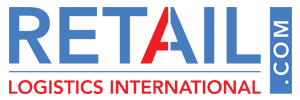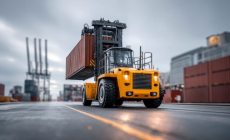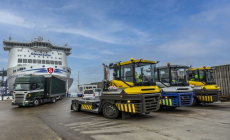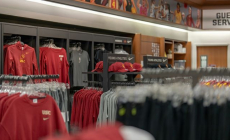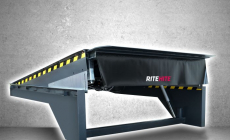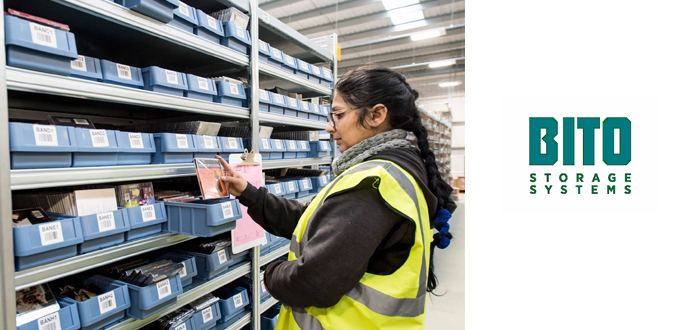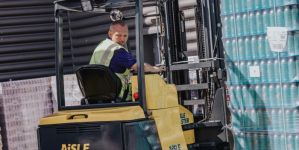-
AI startup Onton raises $7.5M to reinvent the way the world discovers and decides what to buy - November 26, 2025
-
Forklift Market Positions for Recovery as Confidence Expected to Build from 2026 - November 26, 2025
-
PROCare achieves 300% order capacity increase and 99% picking accuracy with Forterro’s ERP solution, Orderwise - November 26, 2025
-
DHL boosts operational efficiency and customer communications with HappyRobot’s AI Agents - November 25, 2025
-
STENA LINE TEAMS UP WITH CAMERA TELEMATICS TO DRIVE SAFETY IMPROVEMENTS AT IRISH SEA PORTS - November 25, 2025
-
Stuut Technologies Raises $29.5 Million Series A Led by Andreessen Horowitz to Automate Accounts Receivable Work - November 20, 2025
-
INCREASED DIGITAL INVESTMENT REQUIRED TO KEEP PACE WITH 2026 CUSTOMS CHANGES - November 19, 2025
-
FULFILMENT SOLUTIONS FOR SPORTS MERCHANDISE: KEEPING OUR EYE ON THE GAME - November 19, 2025
-
COMPLEX, COSTLY & CONFUSING – THE END OF DE MINIMIS - November 19, 2025
-
Albatross raises $12.5 million to reinvent real-time product discovery for the modern web - November 18, 2025
The Advantage Of A One-Stop-Shop E-tail Storage Solution.
E-tailers face many fulfilment challenges: items must be in stock, orders must be picked accurately and sent to the correct address to arrive in perfect condition. Meanwhile, promises of next day and same day deliveries are minimising lead times, further ratcheting up the pressure on an already demanding process. As e-tailers know only too well: fulfilment failure can risk harming customer satisfaction, which has a knock-on negative impact on reputation, competitive advantage and, ultimately, bottom line.
To avoid such dramas, e-tailers rely heavily on their materials handling equipment (MHE) and storage systems. Good advice, therefore, is to source from a single supplier that can provide a one-stop-shop solution that is efficient, fault free and works seamlessly with all parts of the fulfilment operation.
As an order moves through a fulfilment centre, various items of MHE typically come into play: bins, containers and totes will be used to hold items on shelves, racking or flow lanes in live storage. Bins can also be used for internal transport between goods-in, putaway, pick zones and packaging locations. They can travel via person, conveyor, lift truck or automated device.
Sourcing bins from the same manufacturer that provides shelving, racking or live storage will ensure the smoothest operation. Nobody wants, for example, their carton live system to jam because the tote from one manufacturer doesn’t properly fit or refuses to flow smoothly down the flow lane of another. Sourcing from the same supplier will ensure bins and racking collaborate. In other words, the bins will not only move smoothly but will have also been designed to optimise the space on the shelving or racking. This is important for e-tail warehouses that are often space constrained.
One-stop-shop suppliers should also be able to integrate other vital components for e-tail fulfilment. Packaging locations, for example can be formed from galvanised shelving providing pigeon holes to place items for building customer order. These can surround packing tables equipped with waste bins, pull-out drawers, a computer shelf and a monitor stand – everything that is needed to pack efficiently.
If the supplier can also provide mezzanines, hand pallet trucks and other essential items for a broader solution – even better. The fewer suppliers involved, the more likely the e-tailer, and its customers, will experience smooth fulfilment.
